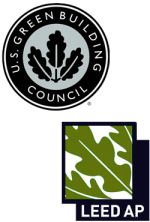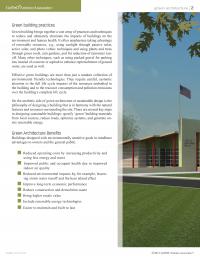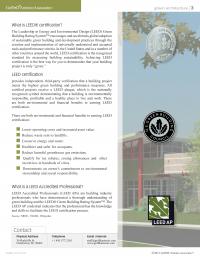| Physical Address 34 Radcliffe St Charleston, SC 29403 |
 |
Facebook link external |
||||
| Telephone +1 843.577.2163 |
|
LinkedIn link external |
Green building is the practice of increasing the efficiency with which buildings use resources — energy, water, and materials — while reducing building impacts on human health and the environment, through better siting, design, construction, operation, maintenance, and removal — the complete building life cycle.
siting, design, construction, operation, maintenance, and removal — the complete building life cycle.
Goff D’Antonio Associates & Sustainable Architecture
Goff D’Antonio Associates has traditionally tended towards sustainable design and building architecture. Today, we clearly feel the urgency and wisdom of actively and formally pursuing sustainable green architecture standards. We have forged a strong team to implement green projects and manage the green certification process.
Our green project team will strive to achieve not only ecological but aesthetic harmony between a structure and its surrounding natural and built environment. Creating a sustainable, enduring and memorable structure.
- Sustainable Design Consultation
- Integrated Green Design and Construction
- LEED Certification Management




